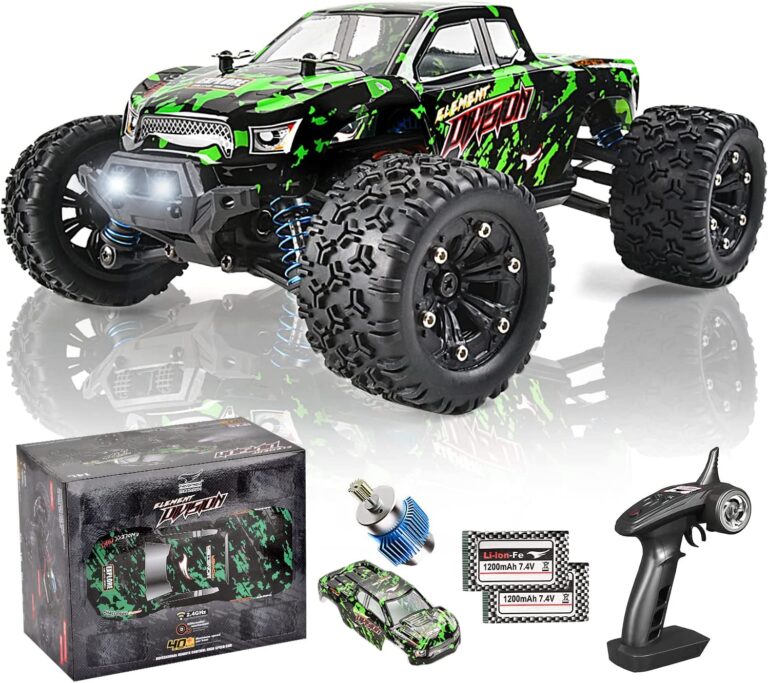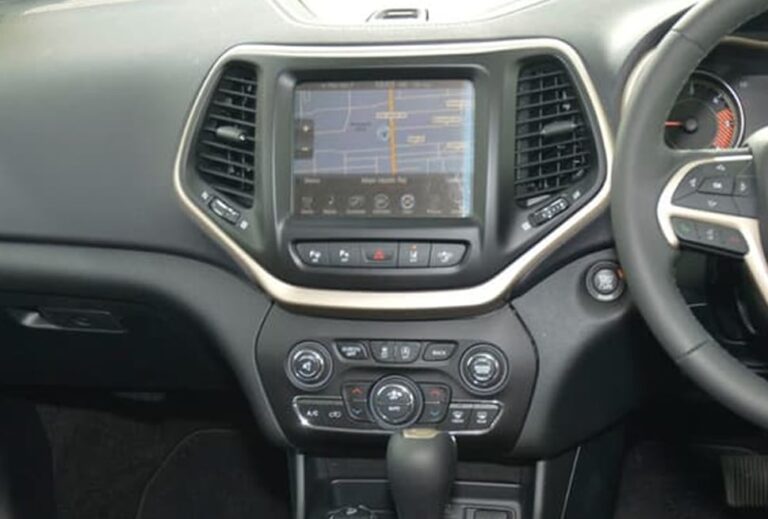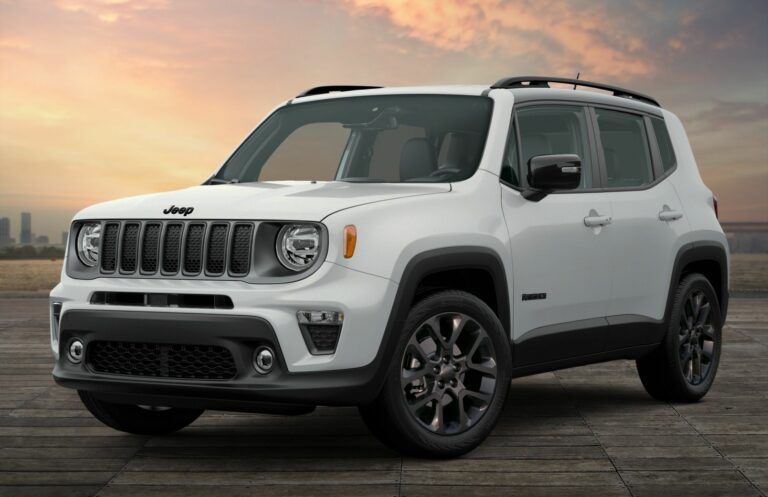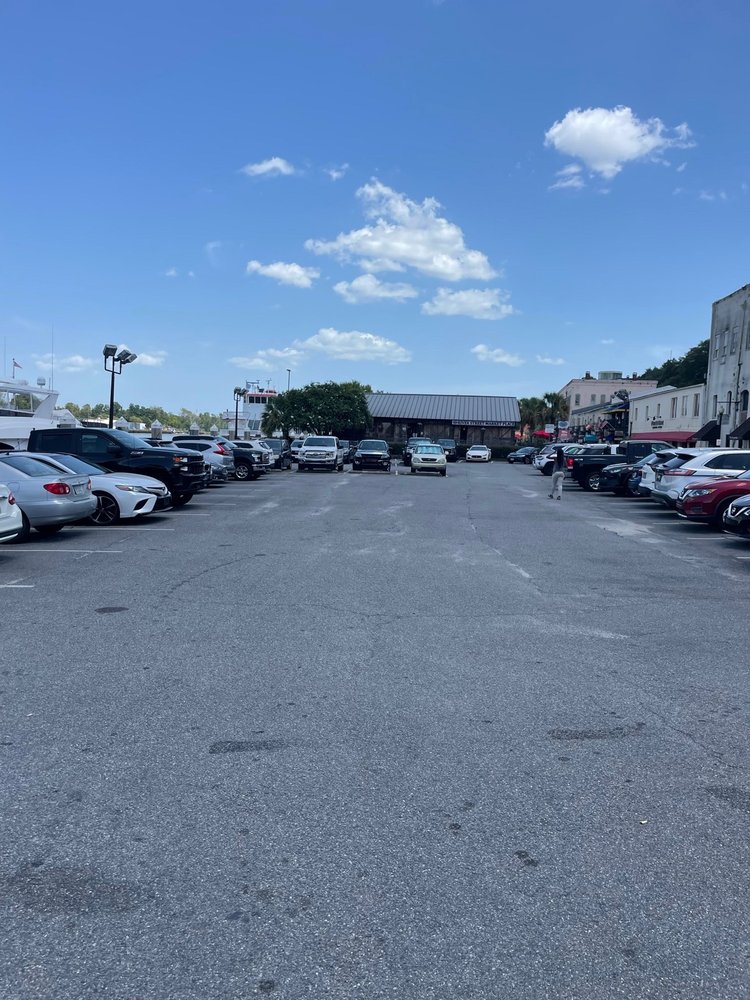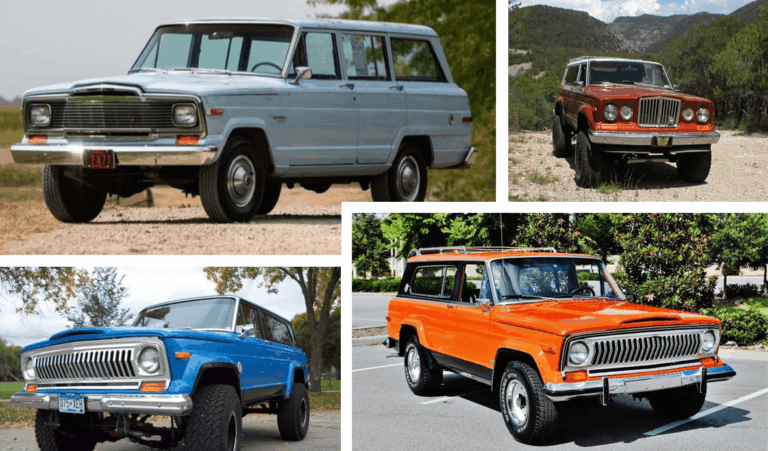1955 Jeep For Sale: A Timeless Icon on the Market
1955 Jeep For Sale: A Timeless Icon on the Market jeeps.truckstrend.com
The year 1955 holds a special place in the annals of automotive history, particularly for off-road enthusiasts and classic vehicle collectors. It marks a pivotal moment for the iconic Jeep, as it saw the full introduction of the beloved CJ-5 model, alongside the continued production of the distinctive CJ-3B. To find a "1955 Jeep For Sale" today isn’t just about acquiring a vehicle; it’s about investing in a piece of American ingenuity, a symbol of rugged independence, and a machine that continues to inspire adventure. These early civilian Jeeps represent the purest form of the brand’s DNA – simple, robust, and utterly capable. For many, owning a 1955 Jeep is a nostalgic journey, a practical off-road companion, or a rewarding restoration project that connects them to a bygone era of no-nonsense engineering.
The Enduring Legacy of the 1955 Jeep
1955 Jeep For Sale: A Timeless Icon on the Market
In 1955, the Willys-Overland company, by then under the ownership of Kaiser Motors (forming Kaiser-Willys, later Kaiser Jeep), was transitioning its civilian Jeep lineup. The legendary CJ-3B, often dubbed the "high-hood" due to its taller grille and hood designed to accommodate the F-head Hurricane engine, was still a popular choice for those seeking a compact, workhorse vehicle. Its predecessor, the flat-fender CJ-2A and CJ-3A, had established the Jeep’s reputation, and the 3B continued that legacy with improved power.
However, 1955 was also the first full production year for the new generation: the CJ-5. Based on the military M38A1, the CJ-5 boasted a slightly longer wheelbase, a more rounded body style, and improved ergonomics, though it still retained the robust F-head Hurricane engine. This model would go on to become one of the longest-produced vehicles in history, cementing the Jeep’s status as a global icon. Both the CJ-3B and CJ-5 from 1955 embody an era of straightforward mechanical design, where functionality trumped creature comforts. Their simplicity means they are relatively easy to maintain and repair for the mechanically inclined, and their timeless appeal ensures they remain highly sought after in the classic vehicle market.
What to Look For When Buying a 1955 Jeep
Acquiring a vintage Jeep requires a keen eye and a thorough inspection. These vehicles are nearly 70 years old, and their condition can vary wildly.
- Rust: The Ultimate Enemy: This is paramount. Inspect the frame rails (especially near spring hangers and body mounts), floorboards, hat channels under the floor, fenders, and the tailgate. Rust on the frame can be a deal-breaker or require extensive, costly repairs. Body rust is common but often more manageable.
- Engine Condition: Most 1955 CJs will have the Willys F4-134 "Hurricane" F-head four-cylinder engine. Check for oil leaks, unusual noises, smoke from the exhaust, and overall power. A compression test is highly recommended. Some Jeeps may have engine swaps (Chevy 283, Ford 302, etc.), which can affect originality but may offer more power and modern reliability.
- Drivetrain: Test the transmission (typically a T-90 3-speed manual) for smooth shifting, grinding, or popping out of gear. Engage the Dana 18 transfer case into 4-High and 4-Low, ensuring it shifts smoothly and the four-wheel drive engages correctly. Check for excessive play in the universal joints and driveshafts.
- Axles and Brakes: Listen for humming or clunking from the differentials (Dana 25 front, Dana 44 rear). Inspect brake lines, wheel cylinders, and the master cylinder for leaks. 1955 Jeeps have drum brakes all around, which are adequate but can be upgraded.
- Steering and Suspension: Check for excessive play in the steering wheel, which could indicate worn steering box, tie rod ends, or kingpins. Inspect leaf springs for cracks or sagging, and shocks for leaks.
- Electrical System: Original systems were 6-volt, but many have been converted to 12-volt for easier starting and modern accessory compatibility. Check all lights, gauges, and the wiring harness for signs of wear, fraying, or amateur repairs.
- Originality vs. Modifications: Decide if you want a historically accurate restoration project or a "restomod" with modern conveniences like power steering, disc brakes, or an engine swap. Original, unmolested examples often command higher prices, but well-executed modifications can enhance usability.
- Documentation: A clear title is essential. Any service records or history of previous ownership add significant value and peace of mind.
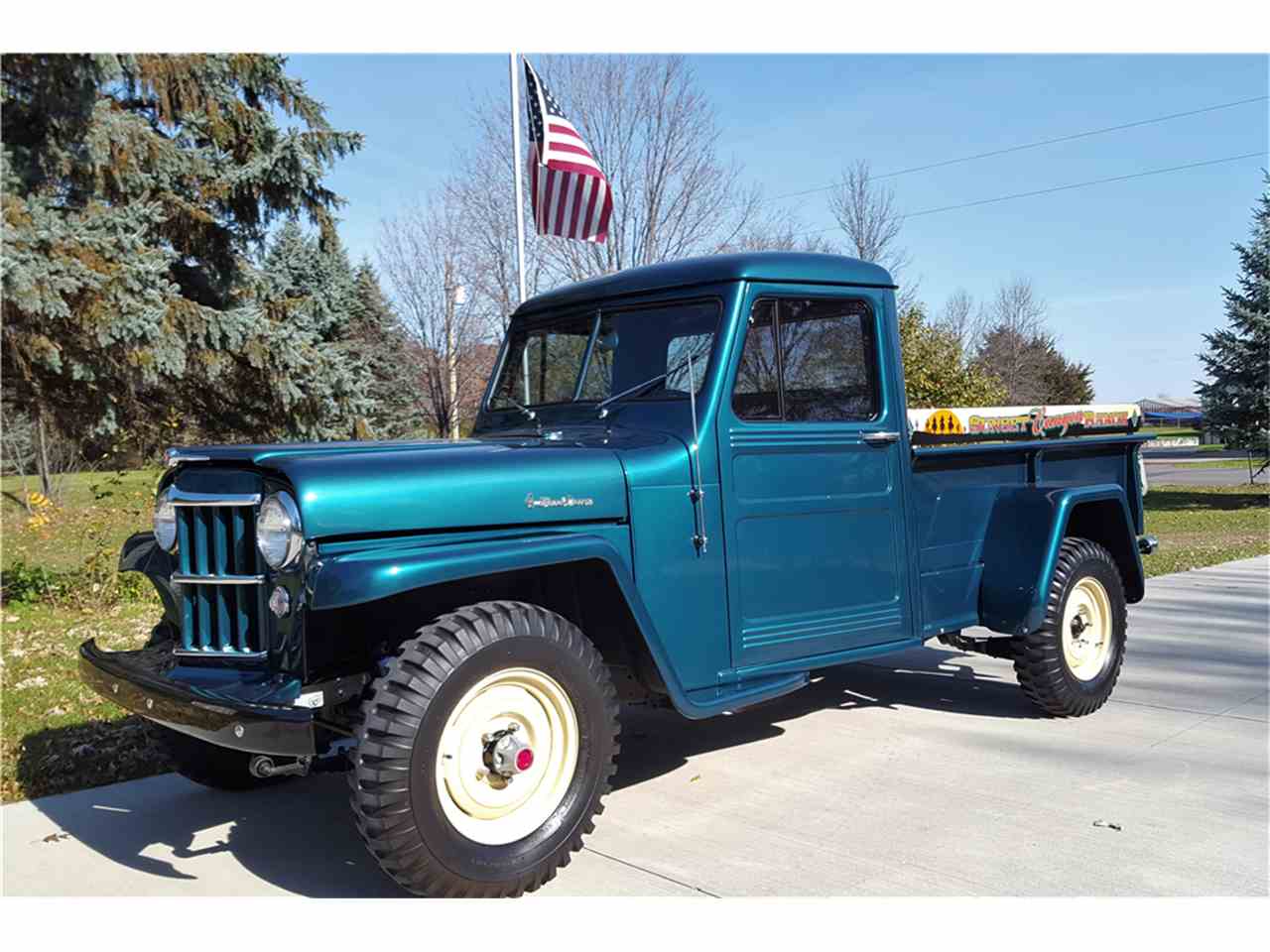
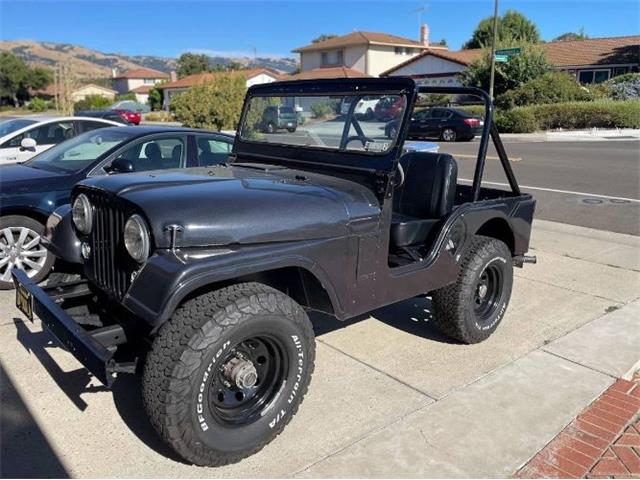
Where to Find a 1955 Jeep For Sale
The search for a vintage Jeep is part of the adventure. Here are common avenues:
- Online Marketplaces: Websites like eBay Motors, Craigslist, and Facebook Marketplace are primary sources for all conditions, from parts vehicles to running drivers.
- Specialized Auction Sites: Bring a Trailer and Hemmings Auction offer curated listings, often with detailed photos and historical information, attracting more serious collectors.
- Classic Car Dealers: Many dealers specialize in vintage 4x4s and may have restored or well-maintained 1955 Jeeps, though prices will reflect their expertise and overhead.
- Classic Car Shows and Swap Meets: These events offer a chance to see vehicles in person, talk to owners, and sometimes find hidden gems.
- Online Forums and Clubs: Dedicated Jeep forums (e.g., The CJ-3B Page, Early CJ5.com) and classic car clubs often have "for sale" sections where enthusiasts sell their vehicles. This can also be a great source for expert advice.
- Word of Mouth: Let friends, mechanics, and fellow enthusiasts know you’re looking. You never know where a barn find might surface!
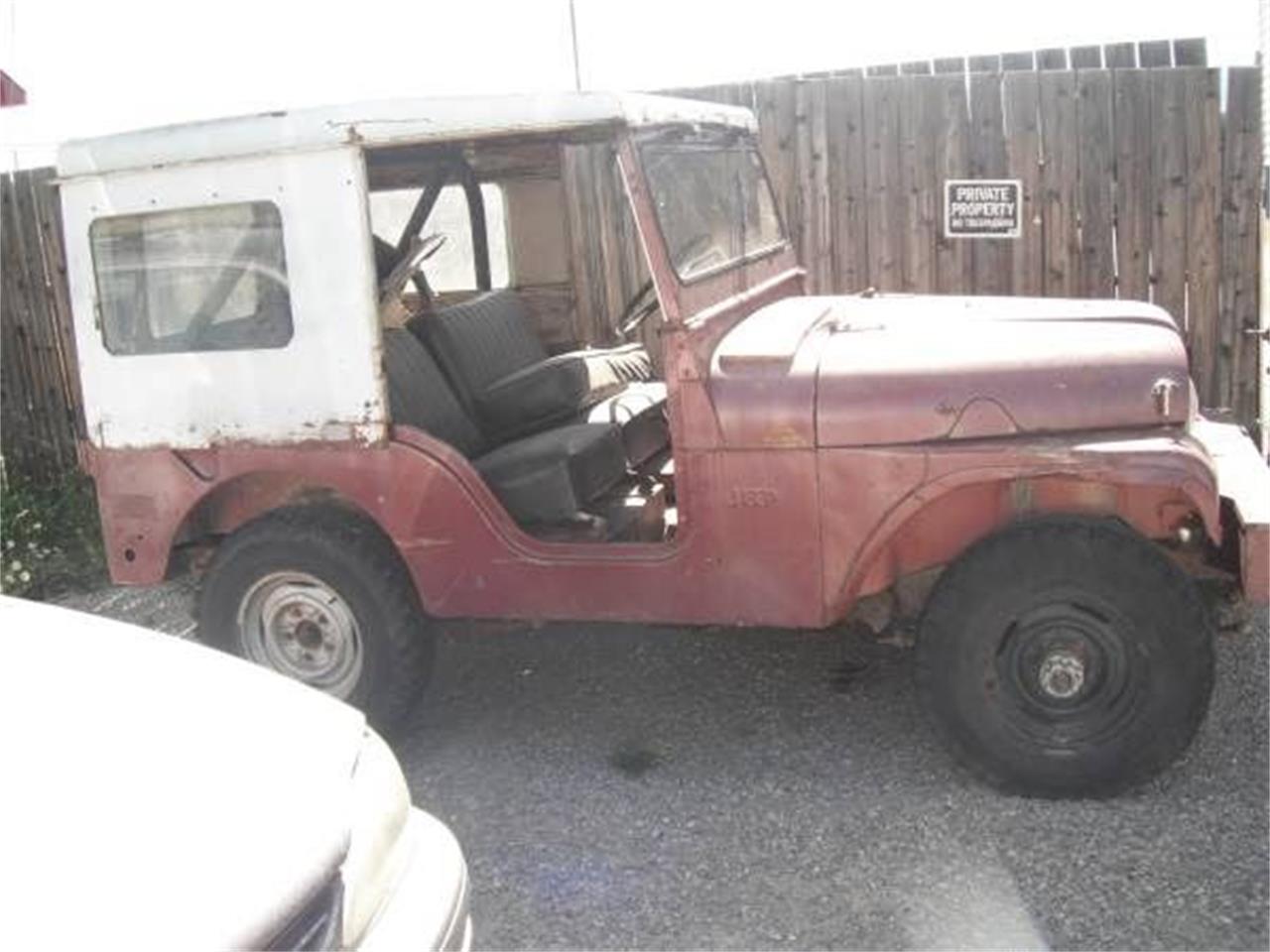
The Buying Process and Important Considerations
Once you’ve identified a potential 1955 Jeep, approach the purchase systematically.
- Set a Realistic Budget: Beyond the purchase price, factor in potential costs for transport, immediate repairs, insurance, and long-term restoration or maintenance. A "cheap" Jeep can quickly become an expensive project.
- Pre-Purchase Inspection (PPI): If possible, hire a qualified mechanic specializing in vintage vehicles or Jeeps to perform a PPI. This objective assessment can uncover hidden issues and save you from costly surprises. If the vehicle is far away, consider a reputable mobile inspection service.
- Negotiation: Be prepared to negotiate. Research comparable sales to understand market value. Point out any flaws or required repairs to justify a lower offer.
- Transportation: Plan how you’ll get the Jeep home. Unless it’s a fully restored, road-ready vehicle, trailering is often the safest option.
- Insurance: Contact classic car insurance providers (e.g., Hagerty, Grundy) for specialized coverage. They often offer better rates than standard auto insurance for vintage vehicles, especially if it’s not a daily driver.
- Storage: Ensure you have suitable, dry storage to protect your investment from the elements.
Owning a 1955 Jeep: Benefits and Challenges
Owning a vintage Jeep is a unique experience, offering distinct advantages and some practical hurdles.
Benefits:
- Unique Driving Experience: There’s nothing quite like driving a vintage Jeep. The open-air feel, the manual steering, and the direct connection to the road (or trail) are incredibly engaging.
- Robust and Simple Mechanics: The basic design means fewer complex electronics and systems, making repairs more straightforward for DIY enthusiasts. Parts, especially for the drivetrain, are often surprisingly available.
- Strong Community: The vintage Jeep community is vast, knowledgeable, and supportive. You’ll find a wealth of information, parts sources, and camaraderie.
- Off-Road Capability: Despite their age, 1955 Jeeps remain highly capable off-road vehicles, especially with minor upgrades. Their compact size and excellent approach/departure angles make them nimble on trails.
- Investment Potential: Well-maintained or professionally restored examples can appreciate in value, making them a potentially sound investment.
- Nostalgia and Character: These vehicles ooze character and history, turning heads wherever they go.
Challenges:
- Lack of Modern Amenities: No power steering, power brakes, air conditioning, or comfortable suspension. Long drives can be tiring.
- Safety Features: Minimal safety features compared to modern vehicles (no airbags, basic seatbelts, if any).
- Performance: Slower speeds, limited acceleration, and often lower fuel economy than modern vehicles.
- Rust Management: Ongoing vigilance against rust is crucial, especially if the vehicle is exposed to moisture.
- Parts Sourcing: While many parts are reproduced, some specific components can be difficult or expensive to find.
- Maintenance: Requires regular attention and preventative maintenance to stay reliable.
1955 Jeep For Sale: Estimated Price Guide
Prices for a 1955 Jeep vary dramatically based on model (CJ-3B vs. CJ-5), condition, originality, and location. This table provides a general range.
| Condition Category | Description | Estimated Price Range (USD) | Key Factors Influencing Price |
|---|---|---|---|
| Project/Parts Car | Non-running, significant rust, missing components, requires full restoration. | $2,000 – $7,000 | Extent of rust, completeness of parts, presence of title, original engine/drivetrain. |
| Running Driver | Runs and drives, but needs significant mechanical or cosmetic work. Could have issues with brakes, electrical, or minor rust. | $7,000 – $15,000 | Roadworthiness, engine health, transmission condition, severity of rust, drivability, presence of key components. |
| Good Driver/Survivor | Mechanically sound, minimal rust, presentable appearance, may have minor cosmetic flaws or non-original paint. Can be driven regularly. | $15,000 – $25,000 | Engine/drivetrain reliability, minimal structural rust, functional electrical system, decent paint/interior, overall presentability. |
| Restored/Show Quality | Professionally restored to original specifications or a high-quality restomod. Excellent mechanicals, flawless paint, detailed interior. | $25,000 – $50,000+ | Quality of restoration (concours-level vs. driver-level), originality of components, engine/drivetrain specifications, unique features, awards won, documentation. Prices for highly coveted, perfectly restored examples can exceed this range significantly. |
Note: These are estimates. Always conduct thorough research and a pre-purchase inspection.
Frequently Asked Questions (FAQ) about 1955 Jeep For Sale
Q1: What engine does a 1955 Jeep typically have?
A1: Most 1955 Civilian Jeeps (CJ-3B and CJ-5) were equipped with the Willys F4-134 "Hurricane" F-head four-cylinder engine. This engine produced around 75 horsepower.
Q2: Are parts for a 1955 Jeep readily available?
A2: Surprisingly, yes. Due to the long production runs of these models and the strong aftermarket, many reproduction parts for the body, drivetrain, and mechanical components are available from specialized vendors. Used parts can also be sourced from salvage yards or through online communities.
Q3: Can a 1955 Jeep be used for daily driving?
A3: While technically possible, it’s generally not recommended for daily commuting in modern traffic. They lack modern safety features, are slow, noisy, and uncomfortable by today’s standards. They are best suited for recreational use, light off-roading, or as weekend cruisers.
Q4: What’s the main difference between a 1955 CJ-3B and a CJ-5?
A4: The CJ-3B is known as the "high-hood" model, with a taller grille and hood to accommodate the F-head engine. It’s a direct evolution of the flat-fender Jeeps. The CJ-5, introduced fully in 1955, has a more rounded body style, a slightly longer wheelbase, and was based on the military M38A1. The CJ-5 is generally considered more "modern" in appearance and ride quality for the era.
Q5: Is buying a 1955 Jeep a good investment?
A5: For well-maintained, original, or professionally restored examples, a 1955 Jeep can be a decent investment, with values generally appreciating over time. However, a "project" Jeep can quickly become a money pit. The true "return" is often in the joy of ownership and the unique experience it offers.
Q6: What kind of fuel does a 1955 Jeep use?
A6: Original 1955 Jeeps run on standard unleaded gasoline. However, it’s advisable to use a lead substitute additive if you want to protect the valve seats, as these engines were designed for leaded fuel. Ethanol-free gasoline is also preferred to prevent damage to older fuel system components.
Conclusion
The appeal of a "1955 Jeep For Sale" transcends mere transportation; it’s an invitation to own a piece of living history. Whether you envision it as a rugged off-road companion, a pristine show vehicle, or a nostalgic weekend cruiser, the timeless design and mechanical simplicity of these early CJs offer a unique and rewarding ownership experience. While the journey of acquiring and maintaining such a classic demands careful consideration and a passion for vintage machinery, the robust charm and undeniable character of a 1955 Jeep make it a truly special acquisition for anyone looking to connect with the authentic spirit of adventure.

